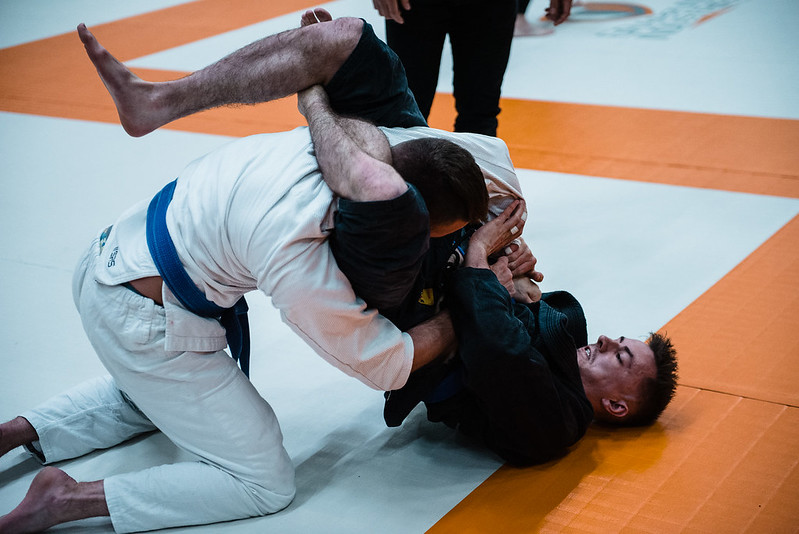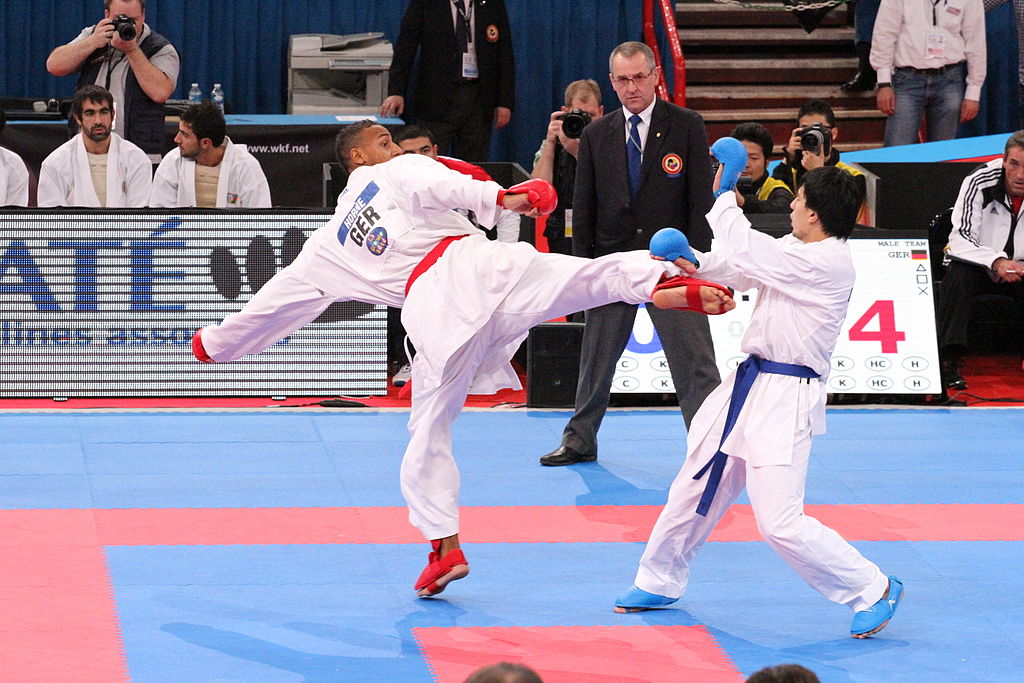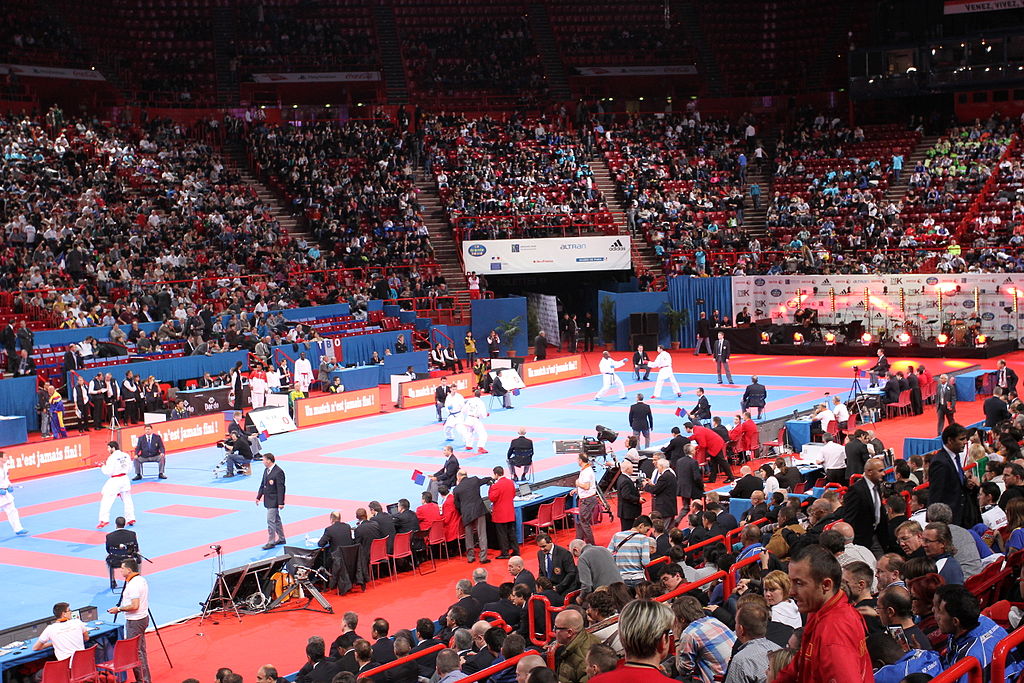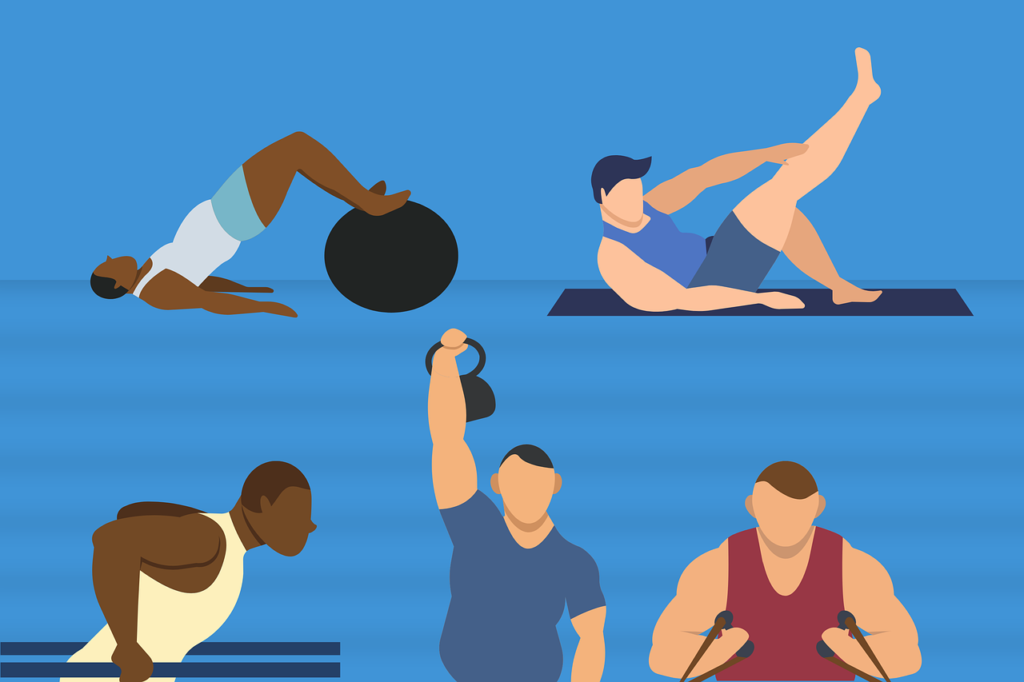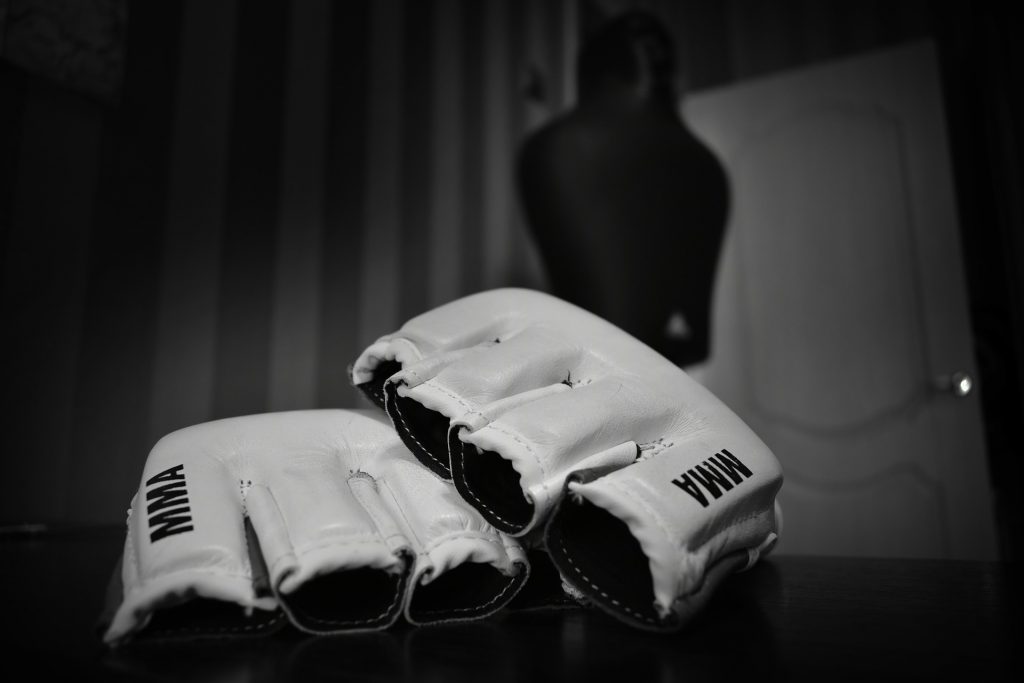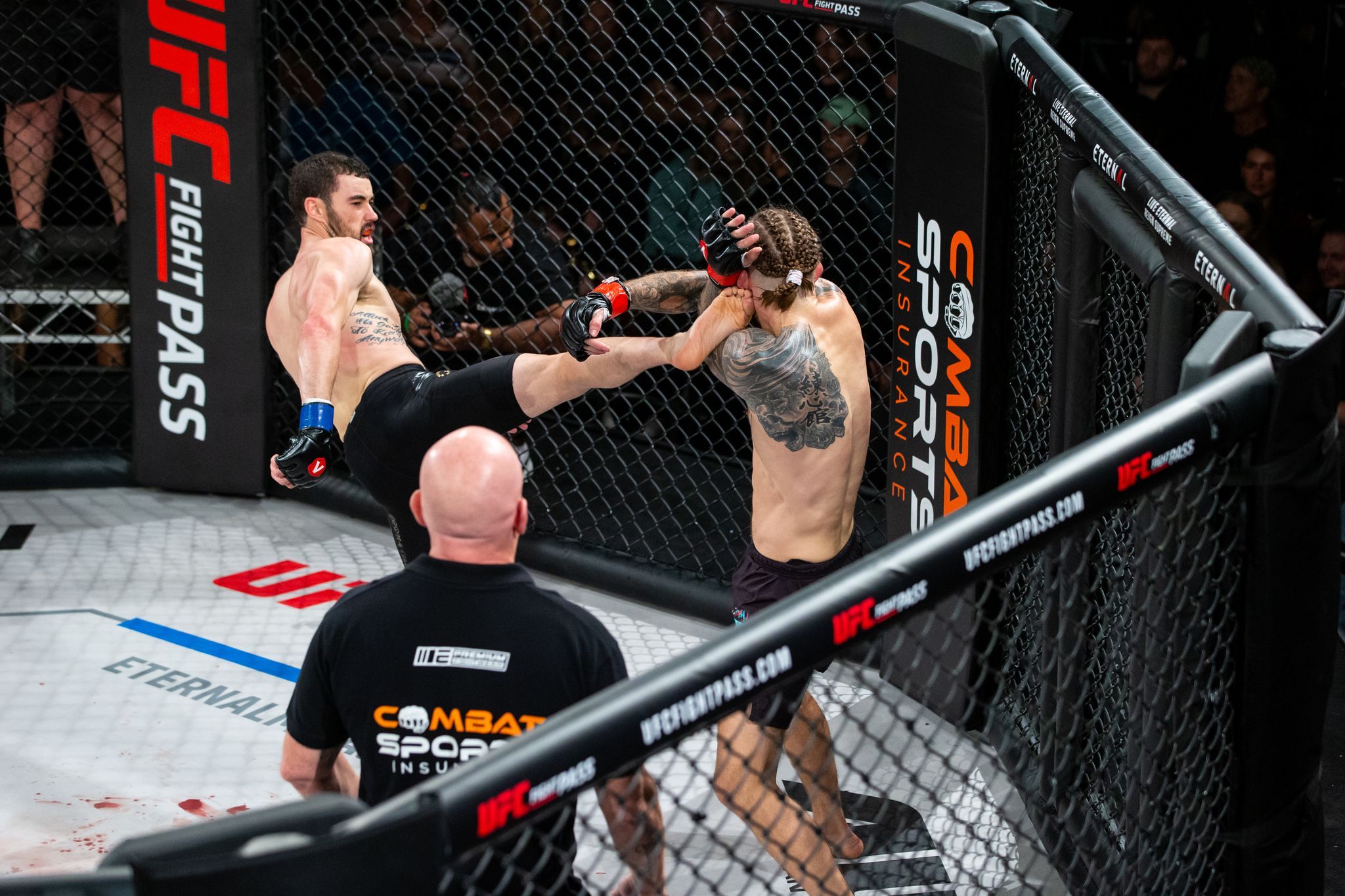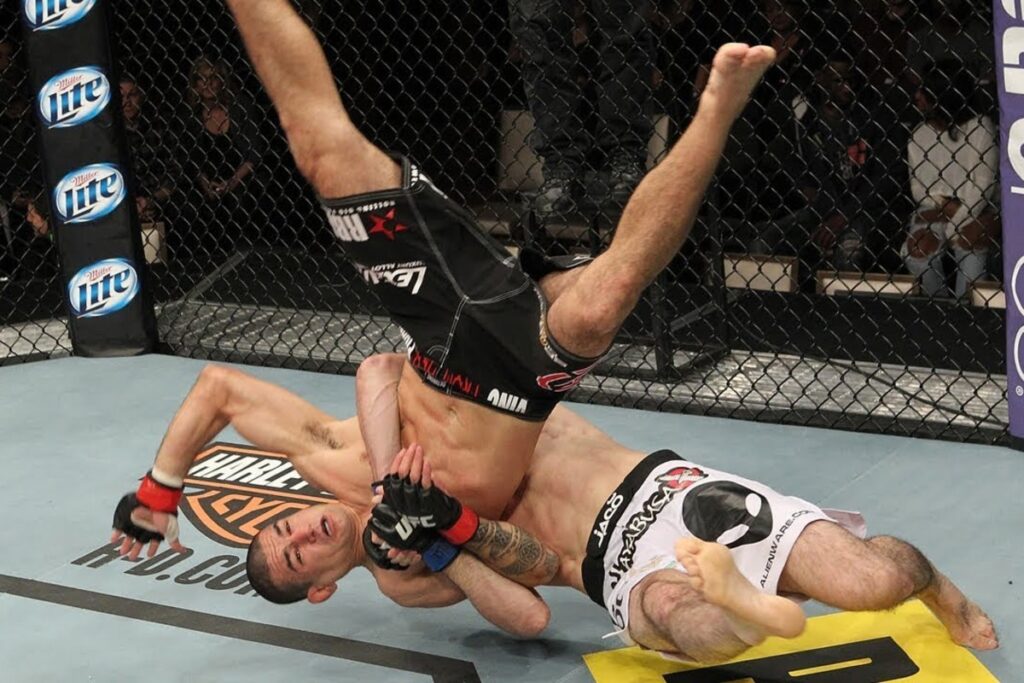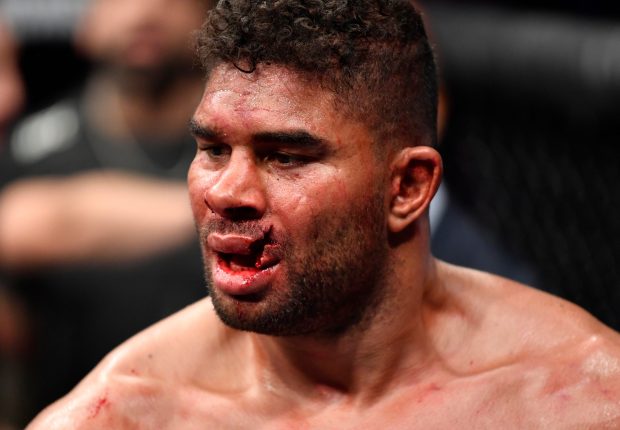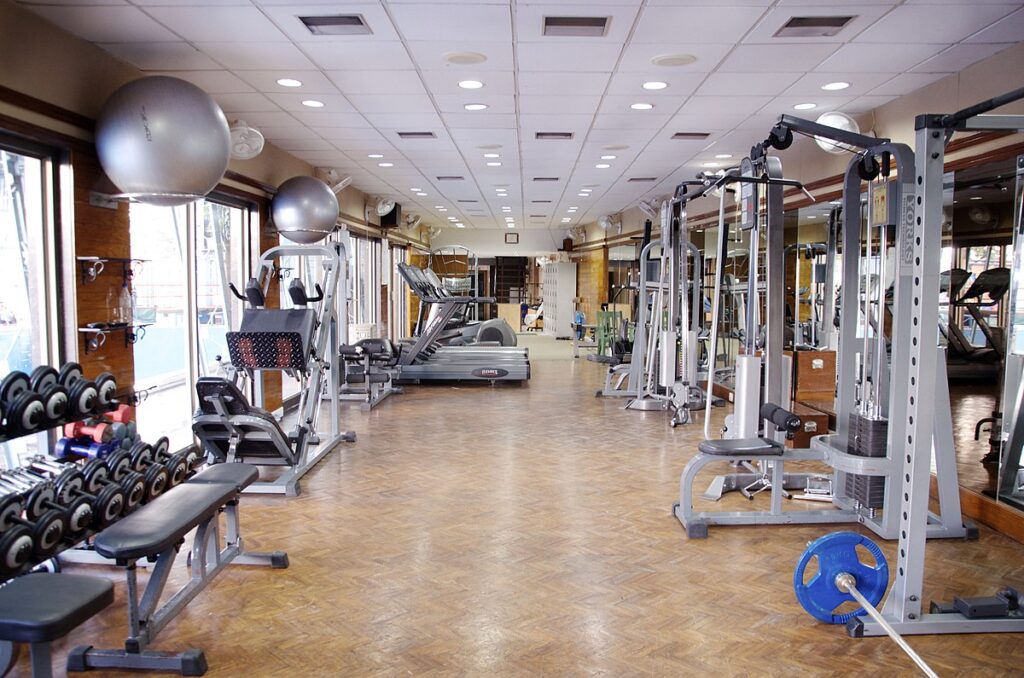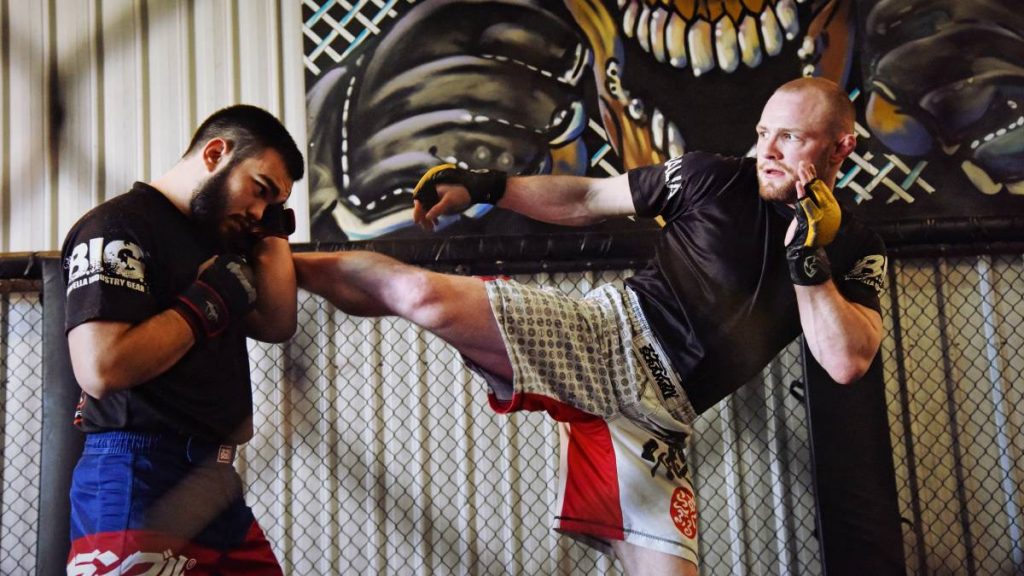The martial arts have been around for centuries, and practitioners have developed many different styles of fighting. One of the most popular styles is Brazilian Jiu-Jitsu (BJJ). It’s a grappling style that focuses on ground fighting and joint locks. BJJ has gained popularity in recent years because it teaches you how to subdue an attacker without having to strike them or use weapons. If your business includes offering classes in BJJ, then this guide will help you get started on running your own successful academy!
Develop a strong business plan and consistent schedule
Your business plan and schedule will be the roadmap for your academy, so it’s important that you have a strong foundation from the beginning. As you think about what kind of BJJ studio you want to build, try to answer these questions:
- What are your goals for this school? How do they align with your mission statement and overall vision for the future of Brazilian Jiu-Jitsu in Australia?
- What hours/days do most people in my community train (i.e., what’s best for them?) To make sure that we’re giving students exactly what they want out of their experience at our club, we need to know what days and times would work best with our target audience.
- What type of training environment do we want our students coming into? Do we want them feeling like they’re at home or more like entering another world where everything is different than reality outside of class? One way to find success here is by creating an inviting atmosphere through thoughtful design choices like colour palette or art on the walls—and since these things can change quickly over time as well as require money upfront before seeing any results, creating short-term plans around these ideas can help ensure success while also keeping costs low until long term goals are realized!
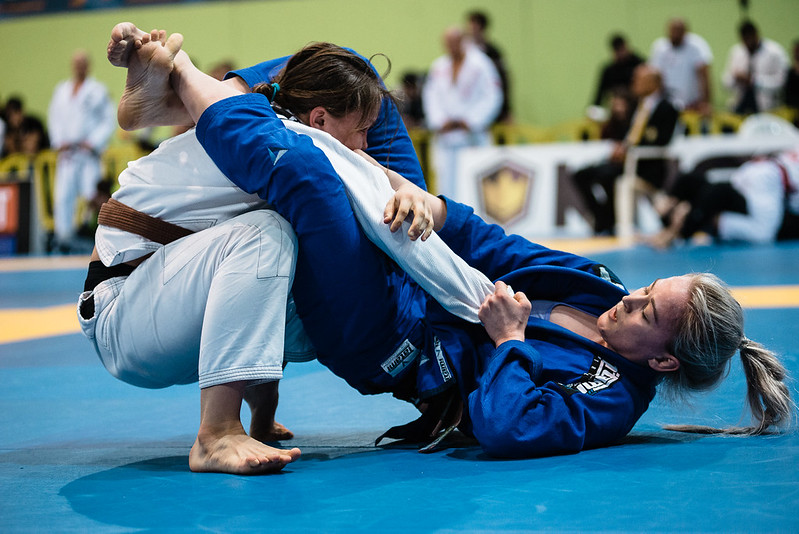

Choose the right location
In choosing your location there are several factors that should be considered.
- Location: The first thing you want to do is find a safe and accessible area where people frequently travel through. A good example would be a mall that gets a lot of foot traffic or a university campus with lots of students passing through it every day. Not only will this give you an audience for your martial arts classes, but it will also make it easier for potential students and parents to get access to you and ask questions about what your business offers. If possible, try not to move from this initial location unless absolutely necessary—it can be very difficult for some businesses (especially those whose customers are mostly walk-in traffic) once they’ve moved out of their original spot!
- Parking: In addition to being close enough for people who might show up at random during operating hours on different days throughout the week, another important aspect about choosing where exactly you’re going is whether there’s adequate parking available nearby so that guests don’t have too much trouble finding somewhere safe before entering their session at the academy itself.
The right coaching staff
As a business owner, you should never underestimate the importance of your staff.
When it comes to running a martial arts school, it’s all about having the right coaching staff and instructors in place. In this section, we’ll discuss why having the right team is essential for your success in building a successful Brazilian Jiu-Jitsu academy.
The right team will help you grow your business by attracting students who are interested in joining your academy because they’ve heard great things about it from others or have seen positive reviews online. By hiring the right people to teach at your school, you’ll also ensure that students feel welcome while they’re enrolled there – which can lead to increased retention rates down the line!
A clean and safe environment
In addition to providing a safe environment, it’s also important that your academy be clean. A clean gym reflects the quality of the academy’s instructors and coaches. When you are teaching BJJ, one of your primary responsibilities is to keep your students safe from injury. This includes preventing them from getting sick due to uncleanliness or lack of sanitary facilities.
Cleanliness and safety should go hand in hand at your gym: keep all surfaces disinfected at all times, provide enough space for each student, provide towels for wiping sweat off after class (or before), ensure that all equipment is regularly cleaned, etc. This will help to reduce the spread of staph infections etc. which are prominent in grappling sports such as BJJ and wrestling.
A system for addressing students’ injuries and referrals to doctors, physical therapists, and chiropractors
As a BJJ instructor, it is your responsibility to make sure that injuries are addressed. You should have a system in place for addressing injuries, as well as referrals to doctors, physical therapists, and chiropractors.
To address student injuries effectively, you need access to an effective system for communicating with students about their injuries. Your goal is to create peace of mind among your students by giving them confidence that if they get injured in class, everything will be taken care of properly (and without cost).
A system that allows you and all other instructors involved in the academy (coaches or assistant instructors) the opportunity to communicate with all students’ whose medical issues involve themselves or their family members can go a long way towards ensuring this happens efficiently. This means having some kind of database where everyone can log on and see what’s going on – maybe even using software such as Google Docs.
Make the most of Affiliates and Sponsors
The most important thing is to keep your academy visible. You can do this by partnering with affiliates and sponsors, who will help you promote your BJJ school and attract new students to join.
Affiliates are companies that promote themselves, but also work with other businesses in the area. So, if someone were looking for a BJJ academy in their city, they might see an ad on Facebook for one of these businesses. In return for putting up their ads on your page, this company will give you a commission on every sale that comes through from having clicked on a link from one of their ads or posts.
Sponsors are companies who provide services or products like insurance or equipment that would be useful for running any type of gym – which includes jiu-jitsu schools and academies as well!
Security in the form of insurance
Having the right insurance is crucial for your BJJ academy.
It’s important to consider what you are looking to protect and make sure that your insurance covers those things. These include:
- The cost of medical expenses if someone is injured while training at your school
- The cost of damage that may occur during classes, such as broken glass or a damaged mat
- Any legal fees required in compensation for any injuries sustained by students during their training session at your school (these can be very expensive!)
For more information on getting the right cover, visit Combat Sports Insurance and contact us with any questions.
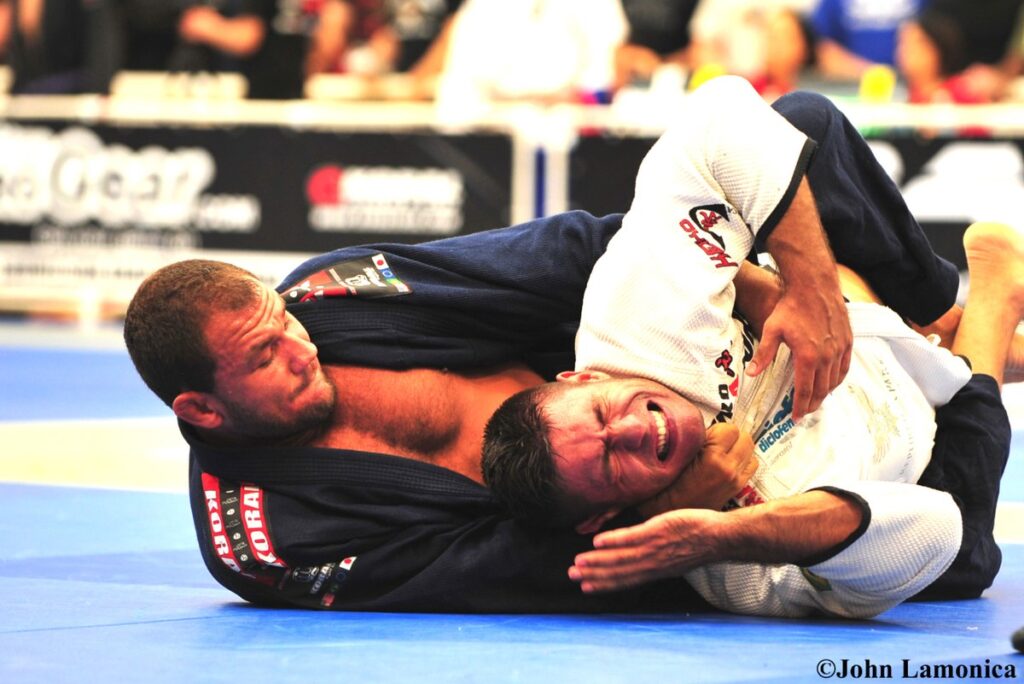

There are many factors that go into running a successful martial arts academy.
There are many factors that go into running a successful martial arts academy. The first is to have a strong business plan in place. You’ll need to consider location, pricing structure and staffing needs before you open your doors. You also need to have consistent classes that run on time and match your mission statement.
Pricing structures matter too – It’s important not only what class times are offered but also how much they cost; if people think something costs too much money then they won’t come back again later down the line even though maybe it would’ve been worth it once they spent some time at one session already… so make sure everyone knows about any discounts available before signing up for anything–that way no one feels like they’re being taken advantage of simply because someone else did (even though sometimes this happens).
We hope that these tips and suggestions will help you in the process of starting your own Brazilian Jiu-Jitsu academy. It’s not easy, but with a little hard work and dedication, we know you’ll be able to succeed! Contact us for more information on getting your academy on the right track.

